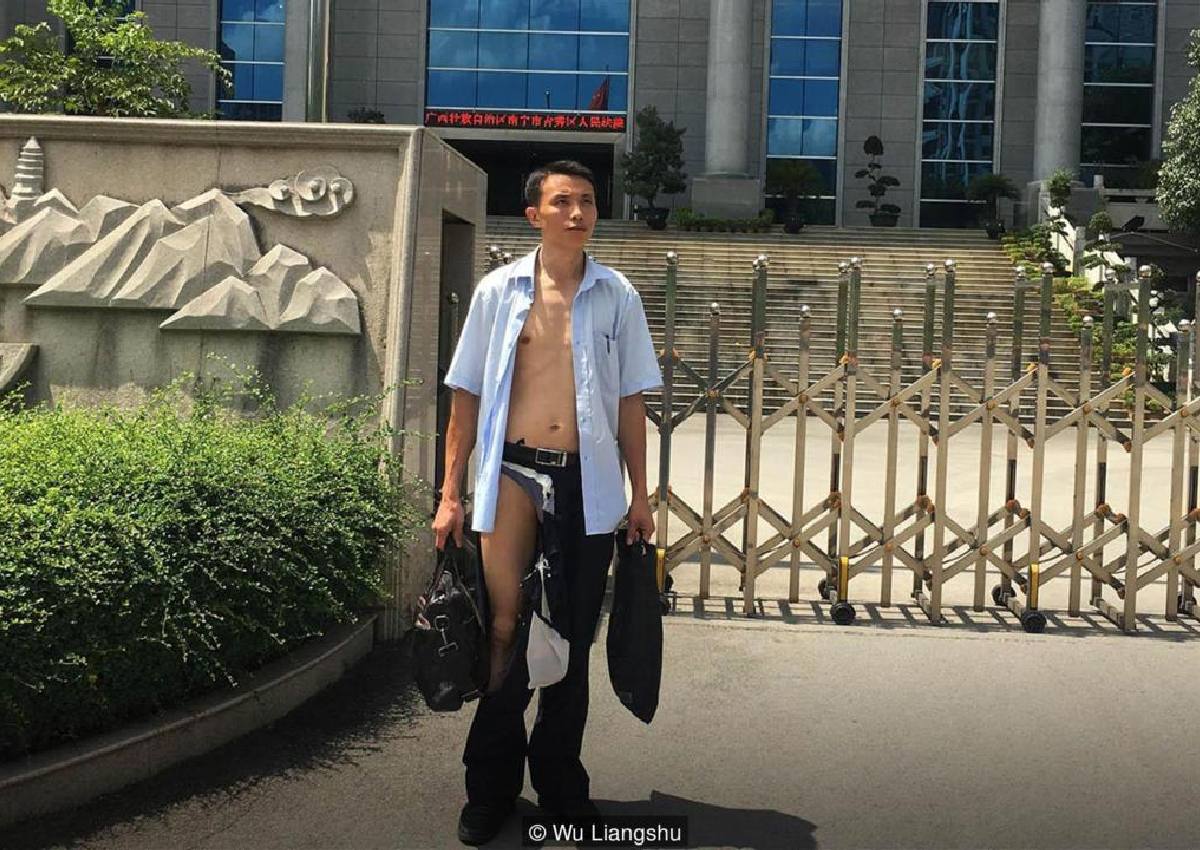Photos of a Chinese lawyer who was allegedly attacked by policemen in court went viral this week. Kelly Grovier explores the history of violent disrobement.
It is an archetypal scene, rehearsed countless times on the cracked surfaces of ancient altar panels and on the stretched-linen canvases of art history: a sacrificial figure, humiliatingly stripped of his clothes by brutish authorities, stands before a court of justice.
But in this instance, the image does not date back to medieval or Renaissance Christian iconography and it is not to be found on the walls of a Western museum, church, or cathedral.
Rather, the digitised pixels that comprise the photo of a bedraggled Chinese lawyer, who was allegedly assaulted by policemen this week before a panel of judges in a district court in China, have pulsed through the optic fibres of online news platforms and social media, leaving readers across the globe aghast at the sight of such apparent judicial thuggery.
The photo was captured in Nanning, Guangxi, shortly after the lawyer, Wu Liangshu, was informed that his request to file a case had been denied.
Accused of illegally recording court proceedings, Wu was ordered to hand over his mobile phone for inspection. When he refused, he claims that court officials violently attacked him and nearly ripped his clothes entirely off his body.
Aware that his tattered appearance would resonate more powerfully as a statement against state brutality than anything he could say or write, Wu strode from the courthouse and stood in the crosshairs of the camera lenses waiting outside.
The result is an astonishing image that, through the aperture of Western aesthetics, seems to echo the choreography of many depictions of the soon-to-be-crucified Christ, arrested, man-handled, and frog-marched to judgment before the high priest.
Read the full article here






